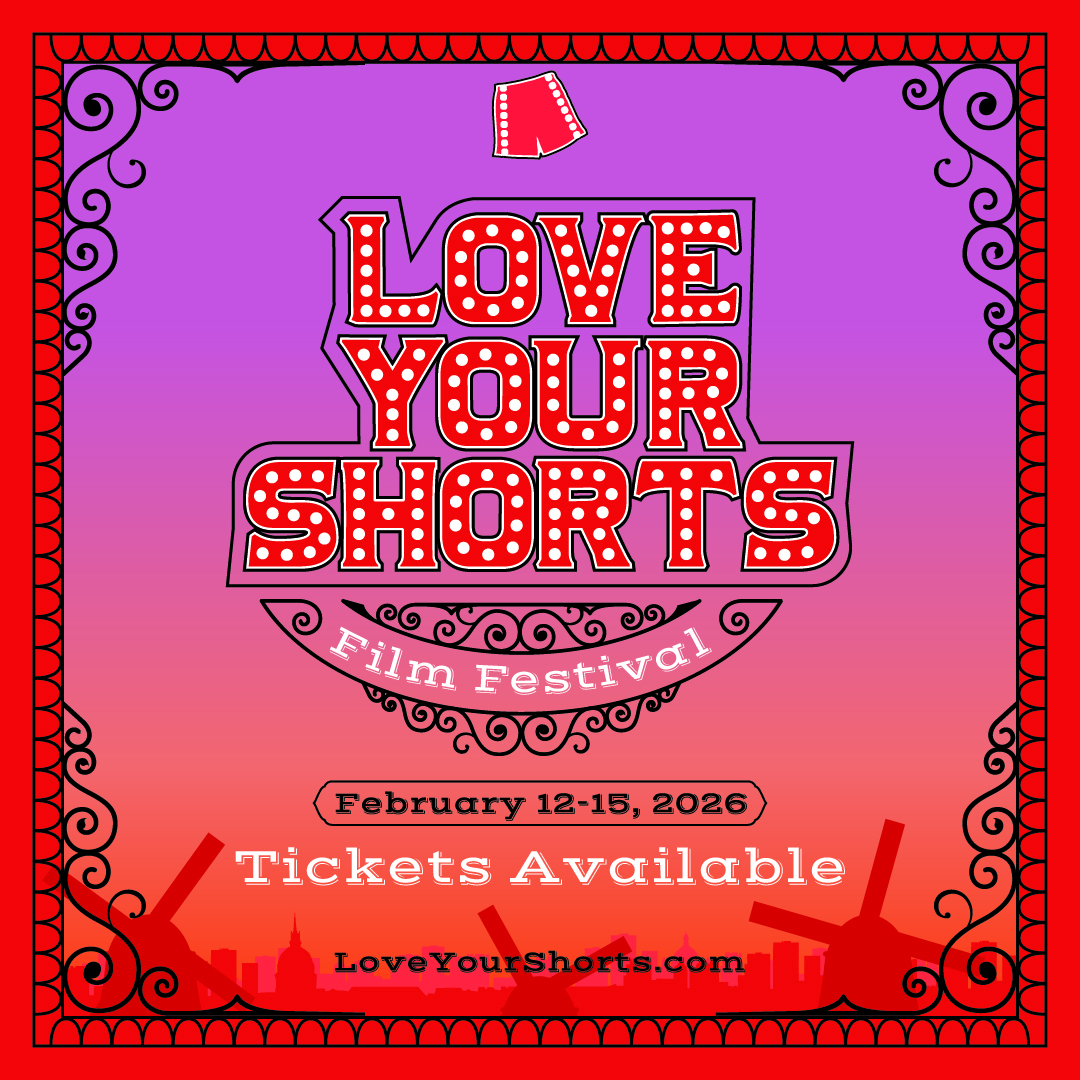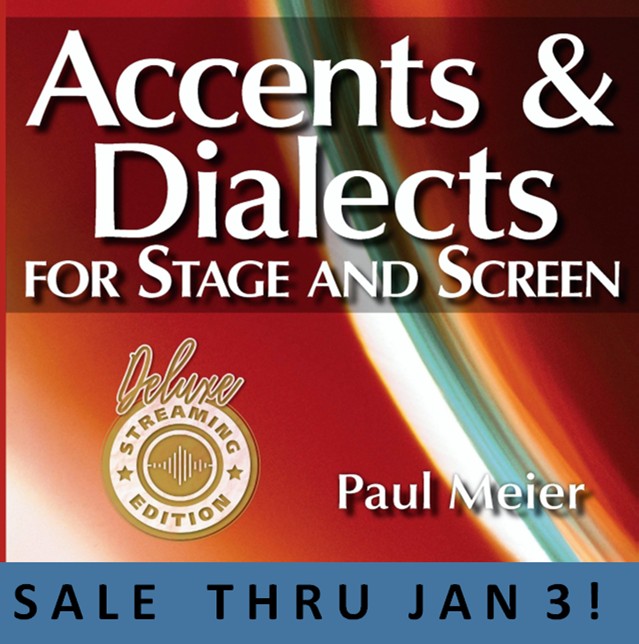Denmark 1
Listen to Denmark 1, a 23-year-old man from Esbjerg, Denmark. Click or tap the triangle-shaped play button to hear the subject.
Both as a courtesy and to comply with copyright law, please remember to credit IDEA for direct or indirect use of samples. IDEA is a free resource; please consider supporting us.
BIOGRAPHICAL INFORMATION
AGE: 23
DATE OF BIRTH (DD/MM/YYYY): 1976
PLACE OF BIRTH: Esbjerg (in Jutland, Denmark’s main peninsula)
GENDER: male
ETHNICITY: Caucasian
OCCUPATION: N/A
EDUCATION: graduate school (working on master’s degree at time of recording)
AREA(S) OF RESIDENCE OUTSIDE REPRESENTATIVE REGION FOR LONGER THAN SIX MONTHS:
The subject has spent one year in New Hampshire and four months in Kansas, both in the United States.
OTHER INFLUENCES ON SPEECH:
He learned English in school at age 12.
The text used in our recordings of scripted speech can be found by clicking here.
RECORDED BY: Tim Hansen
DATE OF RECORDING (DD/MM/YYYY): 06/03/2000
PHONETIC TRANSCRIPTION OF SCRIPTED SPEECH: N/A
TRANSCRIBED BY: N/A
DATE OF TRANSCRIPTION (DD/MM/YYYY): N/A
ORTHOGRAPHIC TRANSCRIPTION OF UNSCRIPTED SPEECH:
OK. I was born in 1976 in Esbjerg in Denmark, which makes me 23 years old now. I’m … our family … my immediate family is … consists of me, my older brother, who is 25, my younger sister, who is 20, and my mom and my dad who are … well, I don’t even know their age. Both my parents are dentists. My brother works at Lego in Italy, and my sister is a senior in high school. Myself, I’m a business student. I’m a graduate student at KU for one year as a foreign-exchange student. I’ll be going back in May, and then I’ll wrap up my master’s degree, hopefully, within a year or so. So I can get out and get a job. In Denmark, we have English from the sixth grade until you get out of high school, which in Denmark is the twelfth grade. In ’94, ’95, I was a foreign exchange student in the U.S. living in New Hampshire, and then I’ve been here at KU since August of ’99. Esbjerg is located in Jutland, which is a peninsula which makes up the main part of Denmark, and it’s located on the west coast. It’s the biggest fishing harbor in the country, and it’s one of the biggest fishing harbors, actually, in Northern Europe. It’s a city of 85,000 people. It’s extremely flat, extremely flat. It’s … all of Denmark’s extremely flat. The highest point is about 600 feet. So Denmark is very flat. This city and that area is no exception. The capital is Copenhagen. The second largest city, which is the largest city on the peninsula is Jutland (or Jutland in English). It’s called Arhus where I study at now. The fifth largest city, which is where I was born, is called Esbjerg. The third largest city is called Alborgl; it’s also in Jutland. The fourth largest is Odense, which is in Jutland. No, it’s in Fyn, which is an island between Sjaelland where Copenhagen (or Copenhagen) is located and Jutland, which is the peninsula and so on; and Odense, the fourth largest city, is famous for being the place where Hans Christian Andersen lived … famous Danish fairy tale writer was born … where he lived. [SPEAKS IN DANISH AND THEN TRANSLATES] In the east, the sun rise. … It spreads sun on the sky. … The sun is spreading over town. Over country and towns, over hills and fields.
TRANSCRIBED BY: Tim Hansen
DATE OF TRANSCRIPTION (DD/MM/YYYY): 03/2000
PHONETIC TRANSCRIPTION OF UNSCRIPTED SPEECH: N/A
TRANSCRIBED BY: N/A
DATE OF TRANSCRIPTION (DD/MM/YYYY): N/A
SCHOLARLY COMMENTARY: N/A
COMMENTARY BY: N/A
DATE OF COMMENTARY (DD/MM/YYYY): N/A
The archive provides:
- Recordings of accent/dialect speakers from the region you select.
- Text of the speakers’ biographical details.
- Scholarly commentary and analysis in some cases.
- In most cases, an orthographic transcription of the speakers’ unscripted speech. In a small number of cases, you will also find a narrow phonetic transcription of the sample (see Phonetic Transcriptions for a complete list). The recordings average four minutes in length and feature both the reading of one of two standard passages, and some unscripted speech. The two passages are Comma Gets a Cure (currently our standard passage) and The Rainbow Passage (used in our earliest recordings).
For instructional materials or coaching in the accents and dialects represented here, please go to Other Dialect Services.
 IDEA: International Dialects of English Archive
IDEA: International Dialects of English Archive




